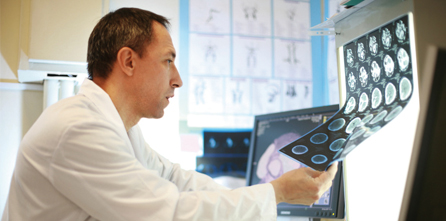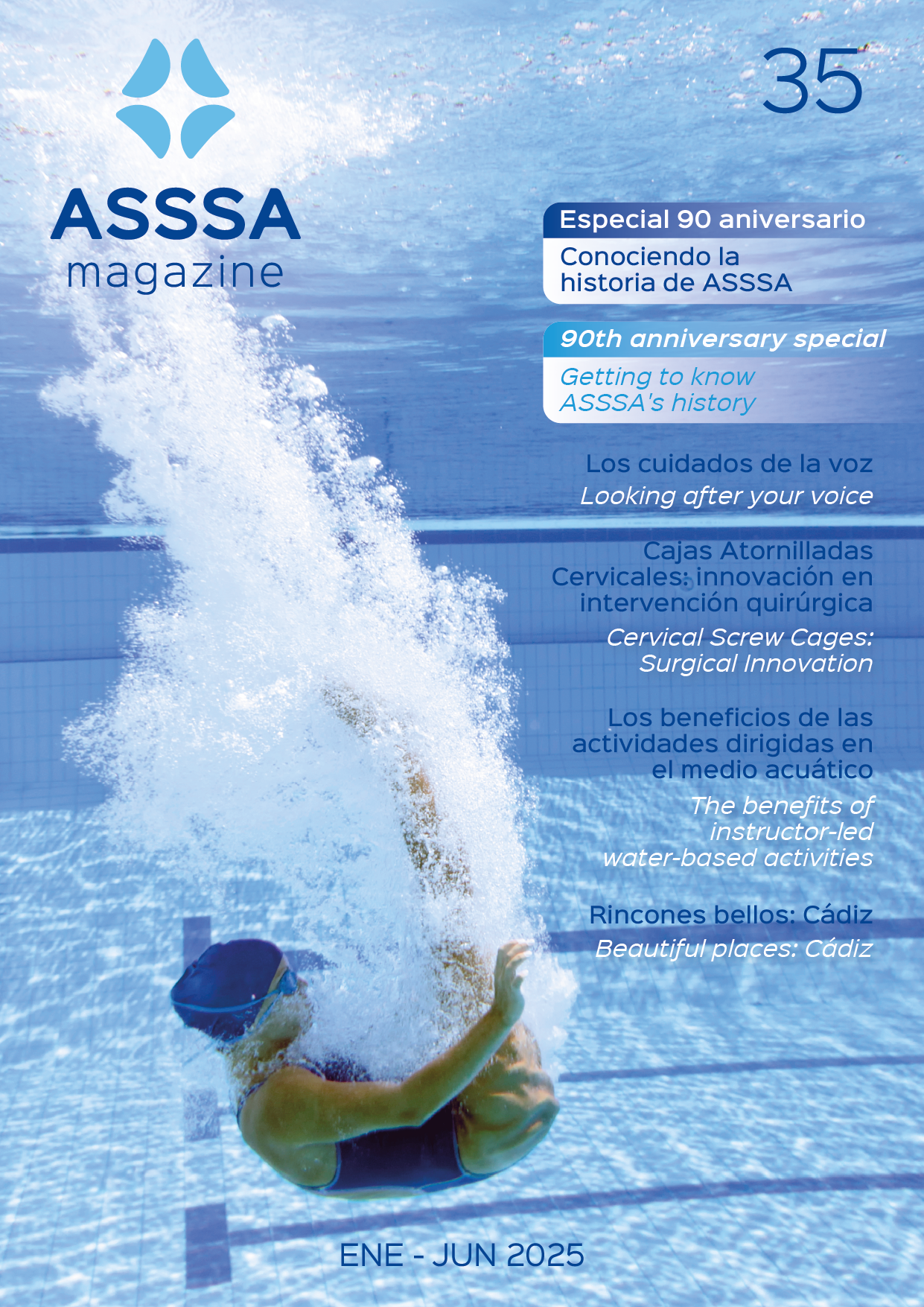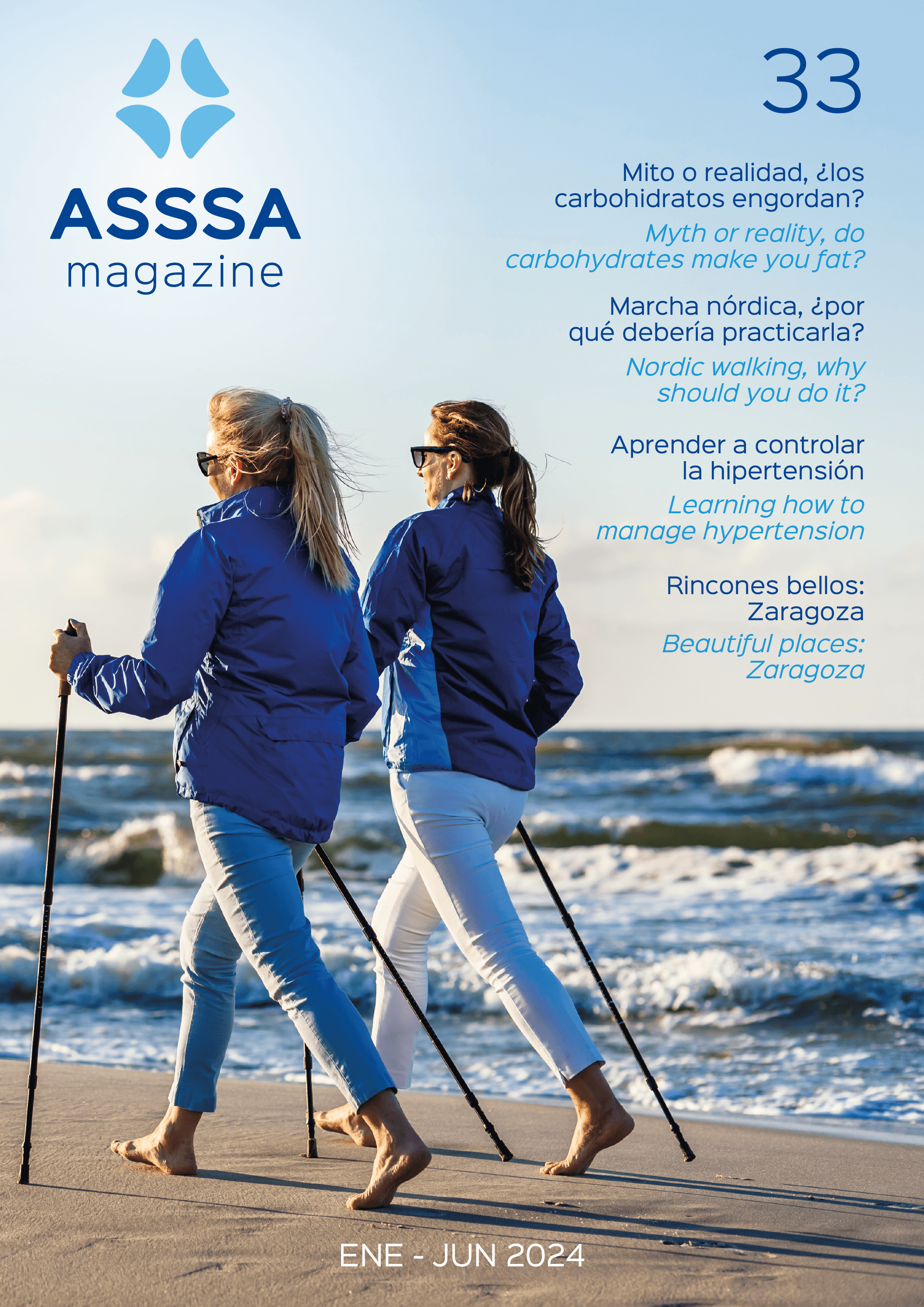
Nuclear Medicine is a medical specialty which uses artificial, radioactive isotopes and energy emitted from the atomic nucleus in the diagnosis, treatment and prevention of illnesses, as well as in research.
PET is the acronym for Positron Emission Tomography. It is the reigning technique of Nuclear Medicine. This diagnostic methodology consists of an intravenous injection of a radiopharmaceutical which is later detected by a PET camera. Three subsystems make up this system: Cyclotrons, Radiochemistry Laboratory and the Positron Camera. Their main uses apply to the specialties of Oncology, Cardiology, Neurology, Psychiatry, and to a somewhat lesser extent, Traumatology and Endocrinology.
The most commonly used molecule in clinical practice is fluorine-18 in the form of FDG. Currently, other positron-emitting substances are used which make PET a molecular type of image test, given their ability to demonstrate the biodistribution of a number of radiopharmaceuticals.
PET is a technique based on images which has revolutionized the diagnosis and, as a result, treatment of oncological processes, providing a molecular vision of cancer. It is one of the most important diagnostic advances within image-based techniques within the realm of Oncology.
PET, given its study of the entire body, allows for obtaining an estimate of the foci of abnormal cellular development throughout the organism and therefore allows for knowing its extension. Furthermore, it is also helpful in evaluating the response to treatment of control groups in research studies, in comparing behaviour at the cellular level in areas of interest across both groups.
Its first clinical applications took place at the University of California, Los Angeles (UCLA) during the 70s, and was introduced in Spain in 1995. Important progress as to its implantation and use across the entire country has been made during recent years and it is currently widely available nationwide.
This is an image-based technique whose steps closely follow those of another already widespread method, Nuclear Magnetic Resonance (NMR). Given its clinical importance and potential impact on the Health System, the different Health Technology Evaluation Agencies have subjected PET to evidence-based medical criteria. Despite the fact that other image-based techniques have not been evaluated with the same rigour applied to PET, it has managed to overcome any obstacles found along its way over the years, and is today considered a highly reliable diagnostic tool in the diagnosis of cancer.
The North American Health System currently covers the following clinical indications:
– Lung cancer
– Solitary pulmonary nodule
– Colorectal cancer
– Melanoma
– Non-oncological indications: epilepsy, cardiomyopathy, etc.
Spain follows behind North America and indications covered include the aforementioned, also extending to other clinical situations such as differential diagnosis of recidivism and radionecrosis of brain tumours, the detection of recidivism unto an increase of serum markers in different tumours (especially those of the thyroid gland), or the localization of the main tumour. PET, as a diagnostic method based upon obtaining images of body cell behaviour is a test included within Image-based Diagnosis, thereby linking Nuclear Medicine and Radiology.
Lastly, from my angle of vision – the field of Radiology – progress made toward optimizing existing resources, innovating research processes, new diagnostic tools, and faster techniques or sequences for image acquisition, etc., will provide us with a great arsenal applicable to more reliable diagnoses and more efficient treatments.
Dr. Daniel Erades Martínez
The information published in this media neither substitutes nor complements in any way the direct supervision of a doctor, his diagnosis or the treatment that he may prescribe. It should also not be used for self-diagnosis.
The exclusive responsibility for the use of this service lies with the reader.
ASSSA advises you to always consult your doctor about any issue concerning your health.












